
Common risk factors for osteoporosis that you can change

Frequent falls?
Falls are the primary cause of fractures and anyone who falls frequently (more than once in the past year) is at higher risk of breaking a bone. Exercise to improve muscle strength and balance, as well as fall prevention strategies at home, may help reduce the risk of falls.
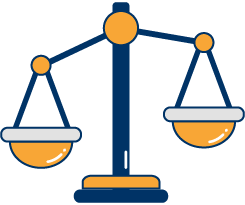
Underweight?
A Body Mass Index (BMI) of less than 19 kg/m2 (equivalent to 19 lbs/in2) is a risk factor for osteoporosis. Being underweight can lead to lower oestrogen levels in girls and women, similar to after menopause, which may contribute to the development of osteoporosis. At the same time, frail people are at higher risk of fracture.

Getting enough sunlight?
Do you spend less than 10 minutes per day outdoors (with part of your body exposed to sunlight), without taking vitamin D supplements? Vitamin D is made in the skin upon exposure to UVB rays from the sun. Vitamin D benefits bone health as it is necessary for the absorption of calcium.
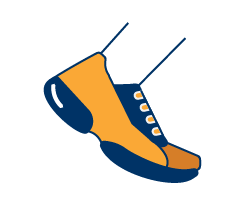
Little physical activity?
Is your daily level of physical activity less than 30 minutes per day (housework, gardening, walking, running etc.)? Lack of physical activity results in bone and muscle loss. Regular weight-bearing exercise (like jogging or walking) and muscle-strengthening exercise help build up and strengthen bones and muscles.

Avoiding dairy foods?
Calcium, the most important mineral for your bones, is contained mostly in dairy products. If you avoid, are allergic or intolerant to dairy products, without taking any calcium supplements, you have probably been calcium-deficient and are at higher risk of osteoporosis.
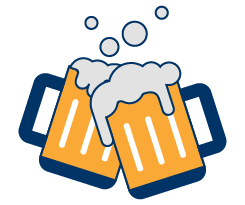
Too much alcohol intake?
Drinking too much alcohol impacts negatively on bone health and can also lead to frequent falls, which increases the risk of fractures.
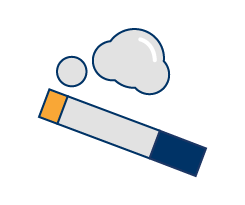
Smoker?
Whether you’re a current smoker, or have smoked in the past, you should be aware that smoking has a negative impact on bone health.
Common risk factors for osteoporosis that can't be changed

Older than 60?
The risk of osteoporosis increases with age. Even if you have no other clinical risk factors, if you are a woman aged 60 years or over, or a man aged 70 years or over, you should discuss bone health at your next check-up.
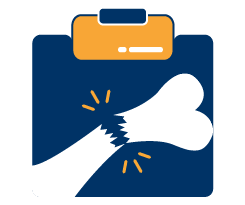
Broken a bone after age 50?
If you've broken a bone after a minor fall (from standing height), it may be because of osteoporosis. One broken bone is a major risk factor for a new fracture, with the highest risk in the following two years.
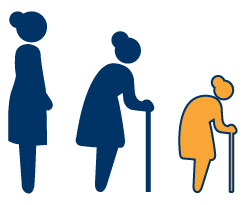
Getting shorter?
Height loss of more than 4 cm (1.5 in) as an adult is often caused by spine fractures due to osteoporosis. Not all spine fractures are painful, which means that sometimes people don’t know they have them.

Parental history?
If your parents had a hip fracture, you may be at higher risk of developing osteoporosis and having a fracture. If either of your parents had a stooped back or there is a strong family history of osteoporosis, this could also be a sign that you are at increased risk of developing osteoporosis.

Low testosterone levels?
Have you ever suffered from impotence, lack of libido or other symptoms related to low testosterone levels? Testosterone in men plays a similar role to oestrogen in women – lower levels of this hormone negatively affect bone health and may increase the risk of osteoporosis.
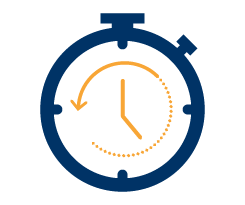
Early menopause?
Did your menopause occur before the age of 45? Oestrogen has a protective effect on bone. Once menopause begins your body produces lower levels of oestrogen and the rate of bone loss increases rapidly.
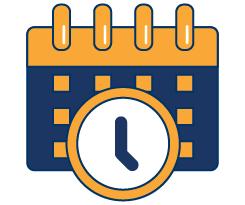
Periods stopped?
Have your periods ever stopped for 12 consecutive months or more (other than because of pregnancy, menopause, or hysterectomy)? No menstruation over a long period of time indicates low levels of oestrogen production – a factor which increases the risk of osteoporosis.
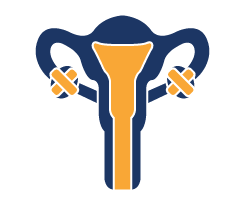
Ovaries removed?
Were your ovaries removed before the age of 45, without you taking hormonal replacement therapy? Your ovaries are responsible for oestrogen production and lack of ovaries means that you’ve had an oestrogen deficiency – a factor which increases the risk of osteoporosis.

Rheumatoid arthritis?
Rheumatoid arthritis itself and the use of corticosteroids to fight this disease may lead to osteoporosis.
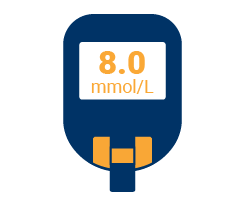
Diabetes?
Both type 1 and type 2 diabetes have been associated with increased fracture risk.
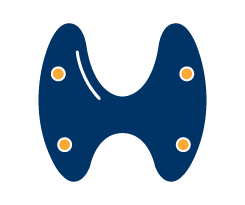
Hyperthyroid or hyperparathyroid?
Hyperthyroidism and hyperparathyroidism lead to bone loss and osteoporosis.

Digestive diseases?
Conditions such as ulcerative colitis, Crohn's disease or coeliac disease lead to poor absorption of nutrients in food. Increased osteoporosis risk is due to malabsorption of calcium and other nutrients (and often low body weight). Long-term bone health is not likely to be affected in people with coeliac disease who consistently stick to a gluten-free diet.
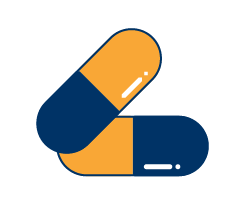
Glucocorticoid treatment?
Glucocorticoids, often known as “steroids” (e.g. prednisone) are often prescribed for conditions like asthma, rheumatoid arthritis, and some inflammatory diseases. Use of corticoids for more than 3 consecutive months may lead to bone loss, with loss most rapid in the first 3-6 months of treatment.
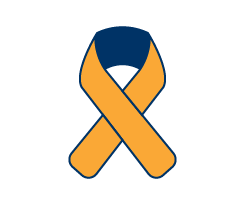
Breast or prostate cancer therapy?
Prostate and breast cancer are treated by hormone removal, which contributes to bone loss. Cancer treatments such as chemotherapy, radiation therapy, and corticosteroids also negatively affect bone health.
